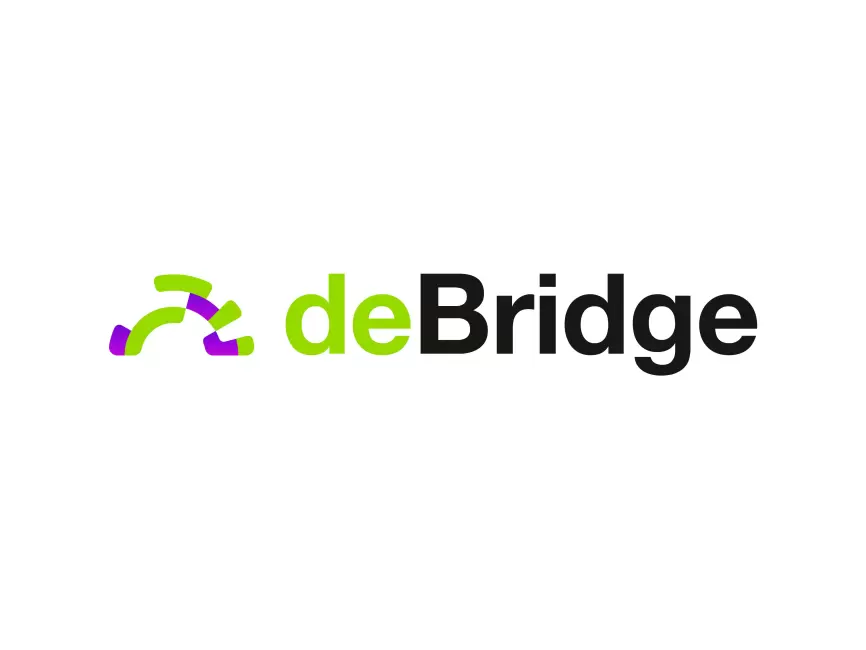In der Welt der Spielautomaten spielen zwei Begriffe eine zentrale Rolle: die Gewinnlimits und die Spielvarianz. Für Spieler und Betreiber gleichermaßen sind sie entscheidend, um das Risiko, die Gewinnchancen und das Gesamterlebnis zu verstehen. Besonders bei modernen Spielen wie mach auf!!! werden diese Faktoren sichtbar verknüpft, wobei hohe Gewinnlimits die Spielvarianz maßgeblich beeinflussen können. Ziel dieses Artikels ist es, die Zusammenhänge zwischen hohen Gewinnlimits und der Spielvarianz zu beleuchten und praktische Einblicke für Spielstrategien zu bieten.
Inhaltsverzeichnis:
Grundkonzepte der Spielvarianz bei Spielautomaten
Die Spielvarianz beschreibt die Schwankungsbreite der Gewinne bei einem Spielautomaten. Sie bestimmt, wie häufig und in welcher Höhe Gewinne auftreten. Es gibt drei Hauptkategorien:
- Niedrige Varianz: Häufige, aber geringe Gewinne, ideal für risikoscheue Spieler.
- Mittlere Varianz: Ausgewogenes Verhältnis zwischen Gewinnhäufigkeit und -höhe.
- Hohe Varianz: Seltene, aber sehr große Gewinne, was das Risiko erhöht, aber auch den möglichen Gewinn maximiert.
Die Variabilität wird durch mehrere Faktoren beeinflusst, darunter die Wettsumme, die Gewinnhäufigkeit und die Auszahlungsstruktur. Ein Spiel mit hoher Varianz kann für den Spieler sowohl große Gewinne als auch längere Durststrecken ohne Erfolg bedeuten, was das Spielerlebnis intensiv und herausfordernd macht.
Wie Gewinnlimits die Spielmechanik beeinflussen
Gewinnlimits legen fest, wie hoch die maximale Auszahlung bei einem einzelnen Gewinn sein kann. Bei Spielautomaten mit niedrigen Gewinnlimits ist die Obergrenze für Auszahlungen vergleichsweise gering, was die Spielvarianz einschränkt. Im Gegensatz dazu erlauben hohe Gewinnlimits die Auszahlung sehr großer Beträge, was die Wahrscheinlichkeit für bedeutende Gewinne erhöht.
Ein Beispiel: Bei einem Spiel mit einem Gewinnlimit von 1000 Euro ist die maximale Auszahlung beschränkt, während ein Spiel mit einem Limit von 100.000 Euro die Chance auf eine außergewöhnlich hohe Gewinnsumme eröffnet. Diese Unterschiede beeinflussen nicht nur die potenziellen Gewinne, sondern auch die Spielstrategie und das Risikoempfinden der Spieler.
Moderne Spielautomaten: Das Beispiel Super Wild Cat
Moderne Spielautomaten wie mach auf!!! zeichnen sich durch innovative Mechaniken aus. Beim Spiel Super Wild Cat kommen Cascading Symbols zum Einsatz, bei denen Gewinnkombinationen die Symbole entfernen und neue nachrücken lassen. Zudem werden Gewinne grün hervorgehoben, was den Spielverlauf visuell verstärkt. Eine besondere Rolle spielt die Bonusreihe (6×1), die zusätzliche Gewinnchancen und Variabilität schafft.
Diese Spielmerkmale beeinflussen die Variabilität, da sie das Risiko erhöhen und die Chance auf große Gewinne verstärken. Die Bonusfunktion, die bei Super Wild Cat integriert ist, trägt dazu bei, die Varianz weiter zu steigern, indem sie Möglichkeiten für Multiplikatoren und Freispiele schafft.
Einfluss hoher Gewinnlimits auf die Spielvarianz
Hohe Gewinnlimits erhöhen die Wahrscheinlichkeit, bei einem Glücksfall extrem hohe Auszahlungen zu erzielen. Dies steigert die Spielvarianz erheblich, da die Streuung der möglichen Gewinne größer wird. Bei Spielautomaten wie Super Wild Cat wirkt sich dies besonders aus, weil die Mechanik durch Cascading Symbols und Bonusfunktionen ohnehin eine hohe Variabilität aufweist.
Die Kombination aus hohen Gewinnlimits und komplexen Spielmechaniken, wie sie bei modernen Slots üblich sind, führt zu einer deutlich erhöhten Variabilität. Spieler, die auf große Auszahlungen hoffen, profitieren von dieser Verbindung, sollten sich jedoch bewusst sein, dass das Risiko gleichzeitig steigt.
Nicht-offensichtliche Aspekte: Psychologische und strategische Implikationen
Hohe Gewinnlimits und die damit verbundene hohe Varianz beeinflussen die Wahrnehmung des Nervenkitzels erheblich. Visuelle Effekte wie grüne Gewinnmarkierungen verstärken das Gefühl, bei jedem Spin eine Chance auf einen großen Gewinn zu haben. Dies kann das Suchtpotenzial erhöhen und das Risiko für problematisches Spielverhalten steigern.
“Das visuelle Feedback bei hohen Gewinnchancen treibt die Spieler dazu, länger zu spielen, in der Hoffnung auf den großen Gewinn – eine psychologisch optimierte Strategie der Spielentwickler.”
Langfristig beeinflusst dies die Strategien der Spieler und ihre Erwartungshaltung. Spieler neigen dazu, auf bestimmte Spielmechaniken zu setzen, die große Gewinne versprechen, obwohl das Risiko deutlich höher ist.
Praktische Überlegungen für Spieler
Bei der Entscheidung, auf Spielautomaten mit hohen Gewinnlimits zu setzen, sollten Spieler das Risiko-Rendite-Verhältnis abwägen. Hohe Varianz bedeutet, dass große Gewinne möglich sind, jedoch auch längere Verlustphasen auftreten können. Verantwortungsvolles Spielen ist daher essentiell: Setzen Sie nur Geld ein, dessen Verlust Sie verkraften können.
Ein bewusste Auswahl des Automaten, etwa anhand der Spielmechanik und der Gewinnlimits, hilft, die eigenen Erwartungen realistisch zu halten. Das Beispiel mach auf!!! zeigt, wie moderne Slots durch innovative Features eine spannende, aber risikobehaftete Erfahrung bieten.
Fazit
Zusammenfassend lässt sich sagen, dass hohe Gewinnlimits die Spielvarianz signifikant beeinflussen, insbesondere bei modernen Spielautomaten mit komplexen Mechaniken. Während sie die Chance auf große Gewinne erhöhen, steigern sie gleichzeitig das Risiko und den Nervenkitzel. Für Entwickler und Betreiber ist es wichtig, diese Wechselwirkungen zu kennen, um ein ausgewogenes Spielerlebnis zu schaffen. Für Spieler gilt: Informieren, verantwortungsvoll spielen und die eigenen Grenzen kennen.
“Das Verständnis der Zusammenhänge zwischen Gewinnlimits und Spielvarianz ist essenziell, um das Spielerlebnis bewusst zu gestalten und Risiken zu minimieren.”


